Yellow Road → Our guest Patrizia Passerini, author of the book “Going through wine and vines”
A Wine Journey in Italy with the book “Andare per vini e vitigni” by Patrizia Passerini
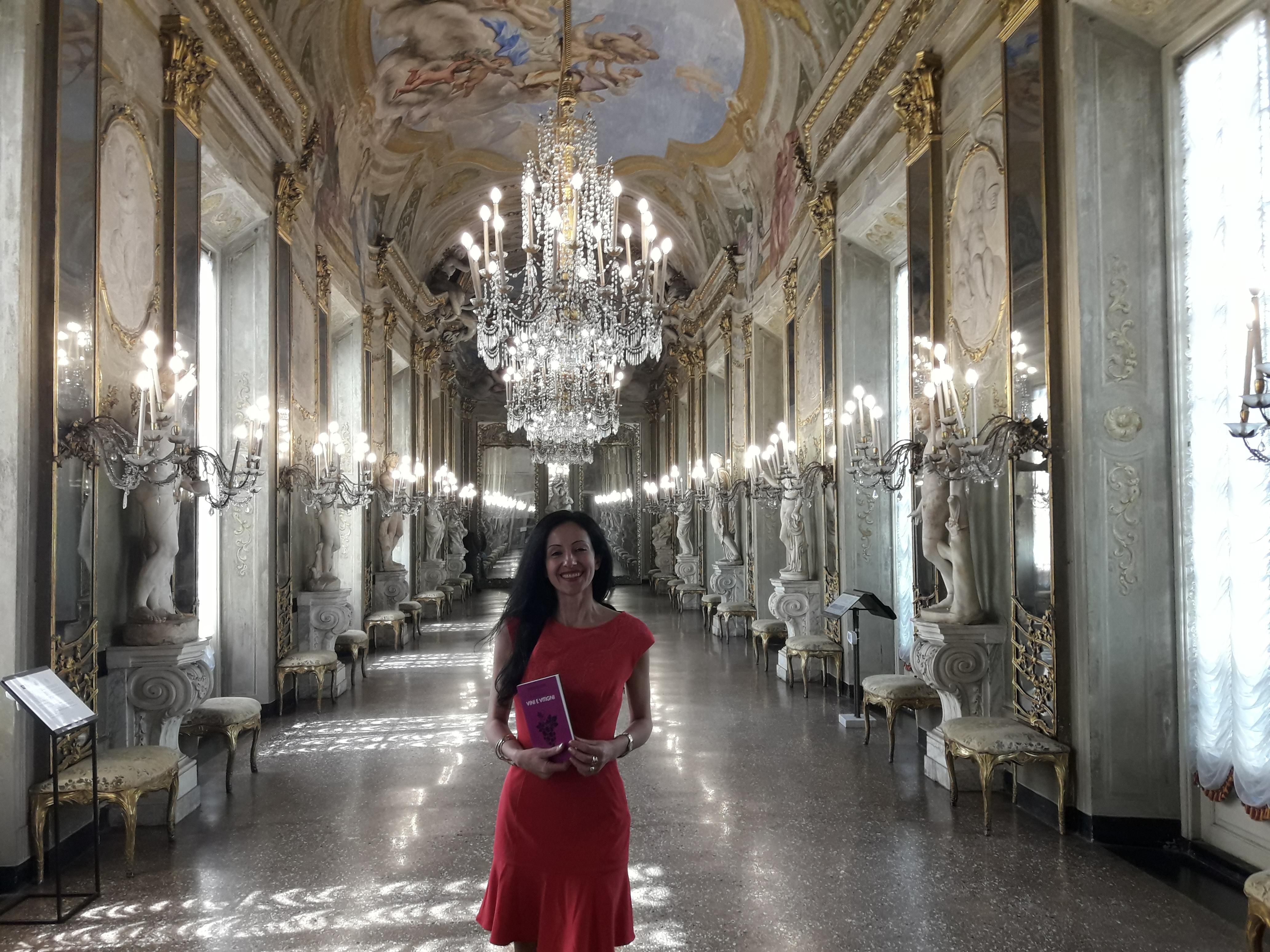
In 1353 the charming estate, already famous for the quality of its vineyards, was bought by Pietro Alighieri, son of Dante Alighieri, the famous Italian Poet, who had followed his father in exile in Verona. Since twenty-one generations the descendants of the Supreme Poet live in the Villa, a reference point for the viticulture of Valpolicella. Here Masi winery shares its great love for the land with Conti Serego Alighieri, collaborating with them in the production of prestigious wines, heirs of an ancient, noble and wise enological tradition. Tenuta Serego Alighieri is today one of the most prestigious historical Venetian estates. Facing the courtyard with its vines is the historic drying loft for “Appassimento”,the traditional method used in the Venetian regions to concentrate aromas and perfumes in wines. Two prestigious cru wines are made at Villa Serego Alighieri: Vaio Armaron Amarone, which was classed as one of the ten best wines of the world, and Casal Dei Ronchi Recioto. Today, the estate is open to visitors, displaying the soul of the Valpolicella region and its unique traditions. Guests can stay in the magnificent “Foresteria”, as well as book a visit to the vineyards and a tasting of the prestigious wines.
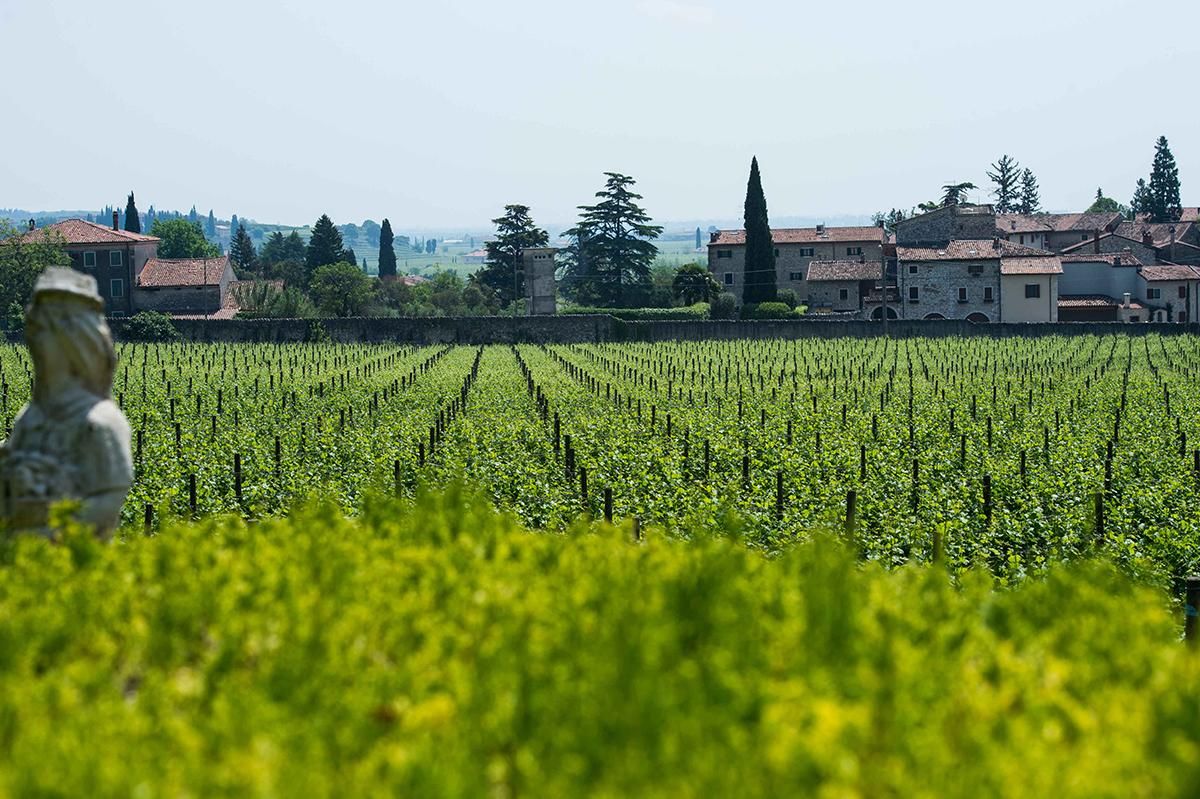
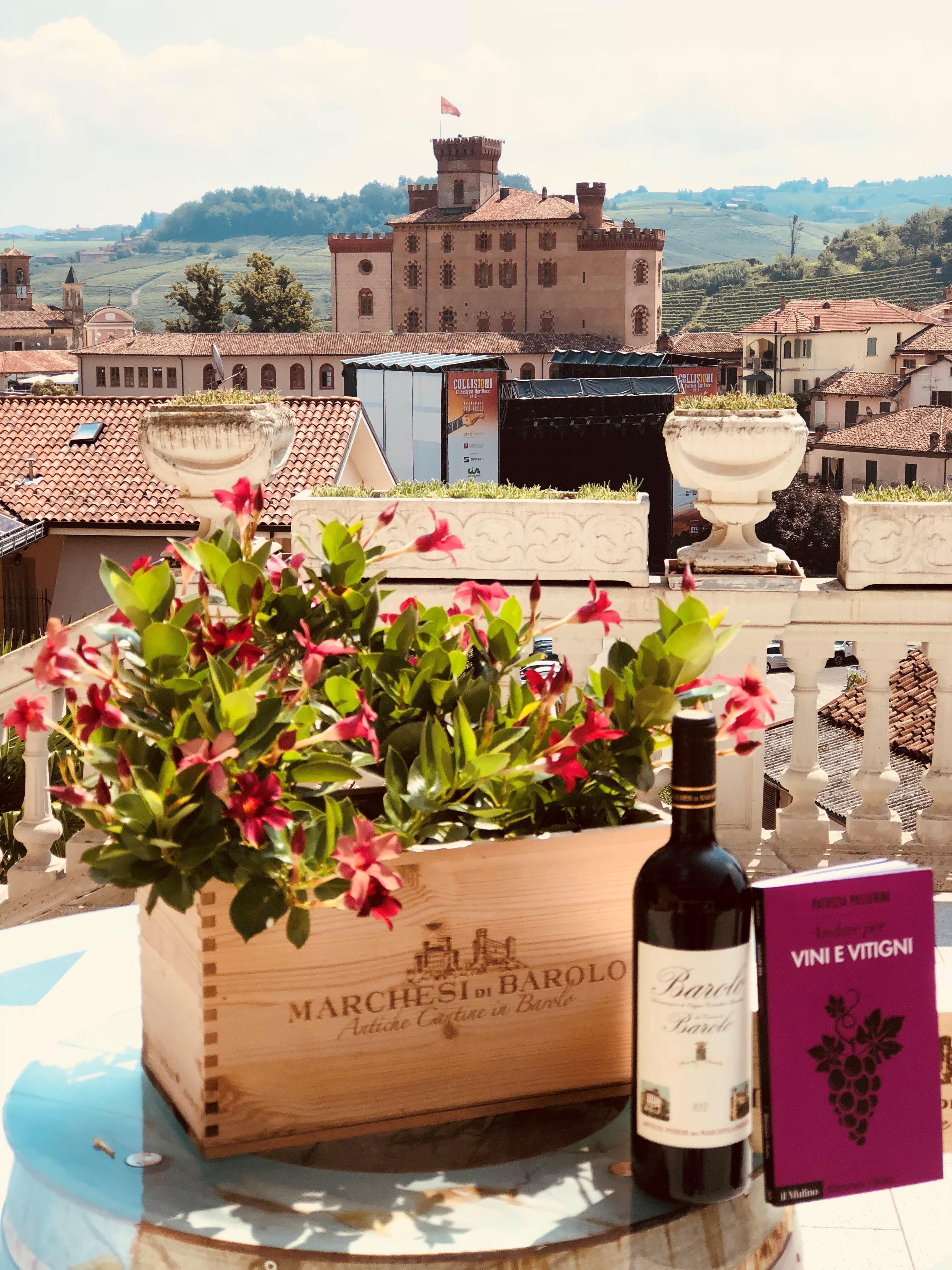
Langhe, in Piedmont, is the land of Nebbiolo. The territory is dominated by vineyards. Barolo and Barbaresco are today the ambassadors in the world of the vine Nebbiolo. A beautiful winery with an amazing story is Marchesi di Barolo. The historical cellars are located in the town of Barolo, in the building overlooking the Castle of the Marchesi Falletti. Here more than 200 years ago a beautiful story began. The story of a wine cellar where, in the heart of the Langhe area and protected by gentle hills, a wine was born: wine Barolo, as we know it today, thanks to Marchesi Giulia Falletti. Today the Abbona family continues the work that began more than two centuries ago, which is producing high quality wines, year after year, in this important cellar where modernity and tradition meet. The winery works with sustainability methods, to respect biodiversity and to guarantee healthy, high-quality grapes. The company controls about 200 hectares of vineyards, making wine from the main native vines of the Langhe, Roero and Monferrato. The most prestigious Crus of Barolo and Barbaresco are vinified in purity, then aged and bottled individually. To take in some history, it is possible to tour through the XIX century cellars and wine library, where history is preserved in more than 30000 bottles of Barolo that have been carefully kept here since the late 1800s.To welcome the many wine tourists who visit Marchesi di Barolo, there is a large and functional reception area, where visitors and enthusiasts can discovere very thing that surrounds the fascinating world of wine.
3 - What is the story, of those you met in writing your book, that you were most passionate about?
Among the many myths, stories and legends that I met in writing this book, the story that most involved me is the one of Marchesa Giulia di Barolo (Juliette Colbert), an extraordinarily modern woman, a real woman of wine. From France, she married Marchese di Barolo Carlo Tancredi Falletti at the beginning of the nineteenth century. Marchesa Giulia began to devote herself to philanthropic activities and founded structures to give an education to poor girls, single mothers and disabled children. She was also interested in improving the conditions of food and hygiene for women in prison. In addition to this, she managed to improve her wine, transforming the Barolo that until then was a rosè and sparkling wine, in a great wine, with a powerful structure and intended for a long period of aging. She also understood the importance of spreading her product and made her wine known to the Court of the Savoy and to the main European Courts. Her story continued even after her death: her heritage, by her will, was destined to the institution that she had founded to maintain over time the commitment in the social field and education, allowing to the inhabitants of the country to receive an education in the Collegio di Barolo for years. Her story is told and still lives in the Castle of Barolo today.
4 - What are your favorite types of wines and wine territories and why?
Every wine, when it’s well made and of good quality, keeps its secrets. Trying to understand it is our task and our challenge, I believe. Therefore I can’t point out a favorite type of wine, but rather I feel great curiosity and desire to get closer to rare and little known wines. The wine territories I love? The extreme ones, where every day is present the work of man, which means fatigue, sweat, but much more: obstinacy, determination in working the vineyard where conditions are hostile. Looking at a vineyard growing on a cliff overlooking the sea, or on the slopes of a volcano or climbing the sides of a mountain gives deep and intense emotions. The memory of a wine comes from these moments: a wine must communicate me an emotion and an experience.
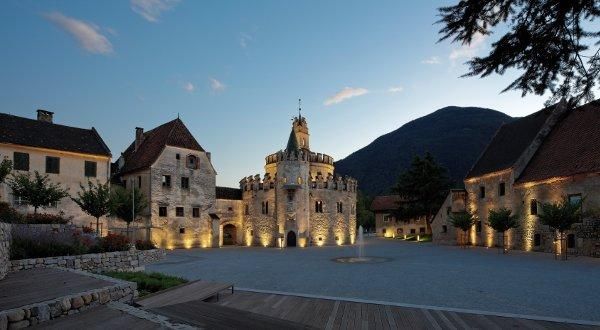
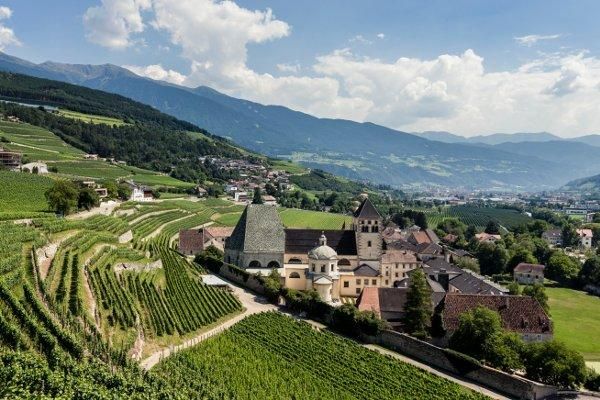
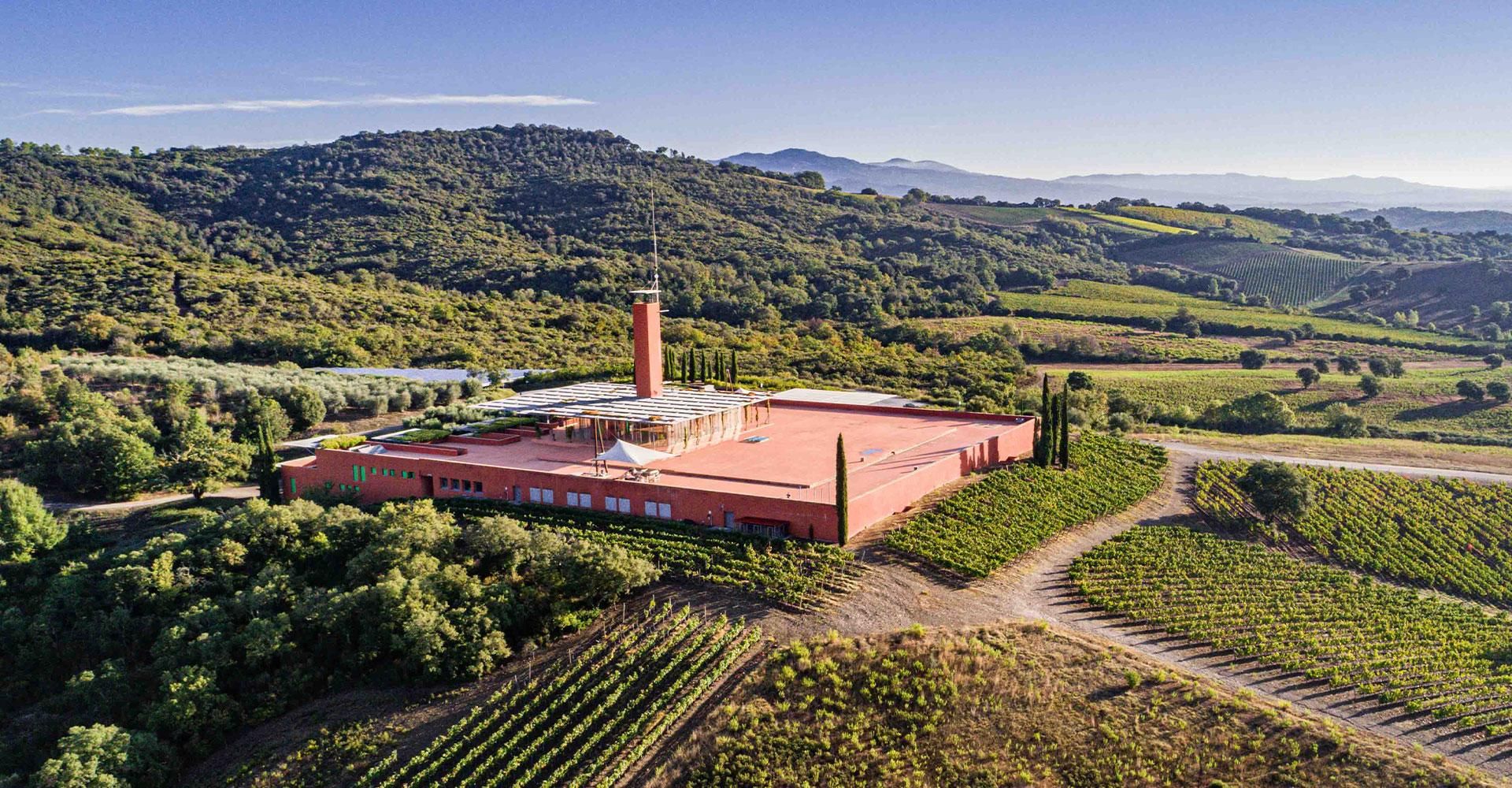
5 - Have you got favorite wineries?
It’s hard to choose among so many different wineries, for history, characteristics, venue, high quality of wines. I think an unforgettable one is Abbazia di Novacella. The Abbey is located near Bressanone, in the province of Bolzano (Alto Adige), and it produces some of the best Italian wines, preserving and developing an enological tradition dating back to the past. But Abbey is much more: it is a complex of religious and civil buildings, built with different architectural styles, from Romanesque to late Baroque, which followed one to another during the centuries, because of thehistorical events of the Abbey itself. The Abbey of Novacella was founded by the Bishop of Bressanone Hartmann in 1140, thanks to the financial support of the lords of the nearby castle of Sabiona. Already after only forty years from its birth, the Abbey was an important cultural center and, since its foundation, gave hospitality to pilgrims who came from Northern Europe and were directed to Rome and the Holy Land. Novacella is in fact situated in a strategic position, at the crossroads of two important routes, very popular in medieval times by pilgrims; the western direction leads to the Brenner Pass while to the north, the Val Pusteria enters the Valle dell'Isarco. But it was between the 15th and the beginning of the 16th century that the Abbey reached its greatest cultural and spiritual blossoming, and was also enriched with artistic works of great value, among which, in the main church, a sumptuous altar with an imposing late Gothic choir with several naves. During the 1600's, following a new period of flowering, the Abbey was transformed in baroque style, with the enlargement of the cloister and the gardens. Today the Abbey can be visited and it looks like a fortified complex which is accessed by a small covered bridge, still showing the original layout of the twelfth century. The styles of the buildings are different and are the expression of the period in which they were built. The Abbey of Novacella produces some of the most famous wines of Alto Adige. Alto Adige is the most northern wine area of Italy. The altitude at which the vineyards are located ranges from 600m to 900m, the climate is cool and the soils are rich in minerals. This is the ideal environment for the development of aromas and sapidity of the typical white wines of ValleIsarco such as Sylvaner, Gewürztraminer, Veltliner, Müller Thurgau and Kerner.
6 - What are your current projects?
My current activity is related to the wine e-commerce site
which is the main activity of the company "Comprendiamo srlImpresa Sociale" (social enterprise) where I am partner and administrator. Comprendiamo.wine is a marketplace of wines with a social purpose. It aims to sustain social and environmental projects and to give employment to disadvantage people. It is based on the wine shops which enter in our platform and it offers a great selection of the best Italian wines, with a strong integration of IT skills, digital marketing, communication, management, customer experience, customer care. We ship in many countries of the world, to Europe, Asia, America. We want to achieve a positive change on society through innovation, partnership working, and promotion of participation and involvement, and we believe to create a positive impact at the economic and social level of the community. It is an involving and strong entrepreneurial project, that I am very passionate about, for the knowledge of the world of wine, the technological challenges, the communication and the social purpose. All this allows me to interact and collaborate with many people and create synergies. This is one of the aspects I love most about this job: sharing ideas with other people, to achieve goals and work together towards new challenges, with determination and passion.
Sergey Evtuhov,
author of the "Yellow Road" project
